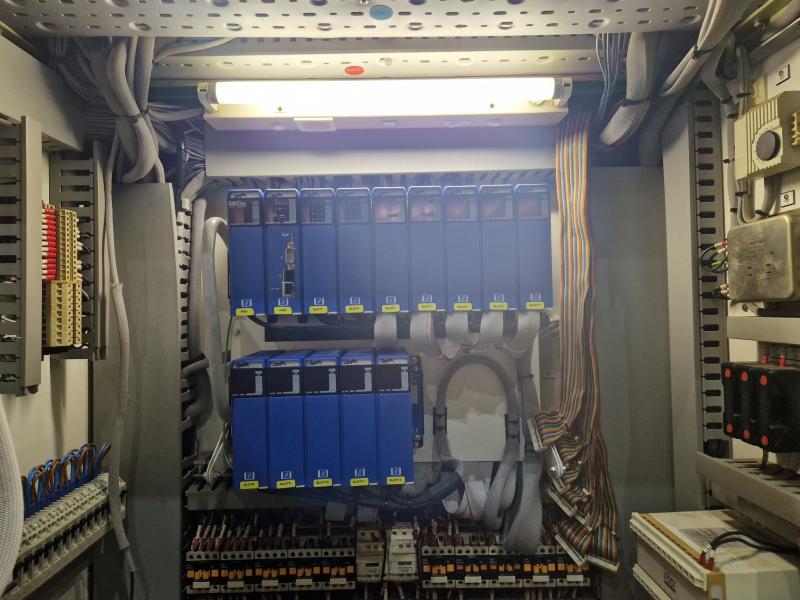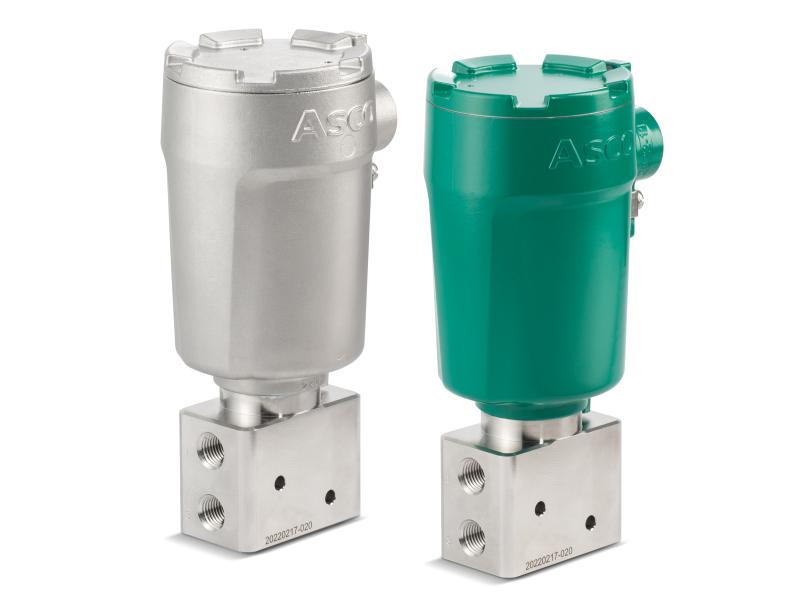Industrial robots are on the verge of revolutionising manufacturing. As they become smarter, faster and cheaper, they’re being called upon to do more. They’re taking on more “human” capabilities and traits such as sensing, dexterity, memory and trainability. As a result, they’re taking on more jobs – such as picking and packaging, testing or inspecting products, or assembling minute electronics. Also, a new generation of ‘collaborative’ robots ushers in an era of shepherding robots out of their cages and literally hand-in-hand with human workers who train them through physical demonstration. Especially for small and mid-sized manufacturers, a question is arising sooner than most probably expected: “If prices keep declining and capabilities of robotic technologies keep expanding, is now the time to hire some automated help?” Indeed, many have already answered this question. According a PwC survey of manufacturers, 59 percent of are already currently using some sort of robotics technology. How will these robotics trends impact US manufacturers and their global competitiveness?
The rise of robots
There has been a recent surge in robotics globally, reflected on a number of fronts – in number of robot orders, amount invested in robotics start-ups, and in the number of published patents on robotics technology. Have robotics technology found its tipping point toward mass adoption?
Robots are landing new jobs… in new industries
Robots are being deployed beyond traditional automated tasks in the auto industry – and are increasing ranks in sectors such as food and beverage and life sciences and doing work that requires dexterity and precision humans cannot achieve.
People & robots: creating a new kind of manufacturing workforce
The emergence of so-called collaborative robots is opening the door to greater human-robot collaboration, with robots leaving their cages and working literally hand-in-hand with their human colleagues.
Robots and flexible manufacturing
How could robotics help manufacturers produce variants and customisation of existing products dictated both by varying geographical preferences and needs – and even by individuals?
Barriers to widespread adoption of industrial robots
Much of the resistance to widespread adoption seems tied to cost, expertise and a lack of understanding of how they could produce an attractive return on their investment.
Are you robot-ready?
For manufacturers looking to adopt robotics, there are indeed many questions which need exploring. PwC offers a short self-assessment to help address whether your organization is, indeed, robot ready.






